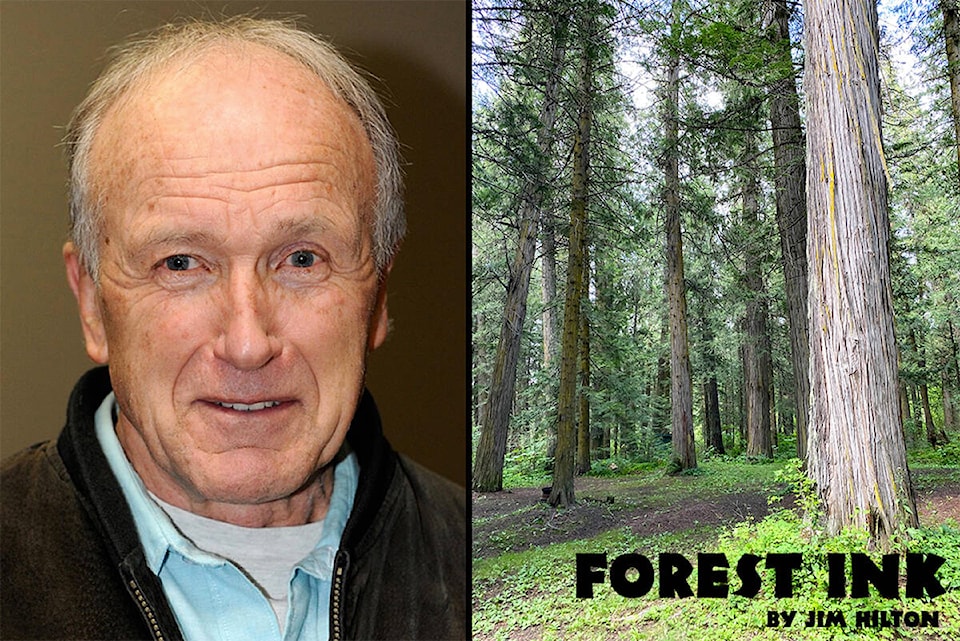The ongoing gap between the rich and poor usually comes to mind when we think of tax laws which allow corporations that have huge profits to pay less taxes than a group of wage earners who have no such loop holes. Are there any circumstances when these so-called discriminatory laws can be justified?
For those who support the concept of community forests it is critical to understand that managers must use all legal channels to maximize returns to the community.
Authors Susan Mulkey, Ola Stoklosa, and Ella Furnes lay out six options to consider in the PART ONE – Effective Governance Chapter 3 “Appropriate Legal Structures for Your Community Forest.”
This 19-page document published by the BC Community Forest Association provides the critical steps in establishing a community forest. The authors point out that there is no legal structure or business model that exists at this time to properly manage a community forest. The many structures available must clearly state the organization’s purpose, needs and values. At this time British Columbia’s Forest Act stipulates that a Community Forest Agreement can be held by one of the six following options: a partnership, a corporation, a society, a cooperative, a municipality or a First Nation.
Depending on which option is chosen there are implications that must be considered. Each of the six options are described by using an existing community forest. While tax savings may be one of the major considerations there are other factors that can influence how to properly manage the licence. These include but are not limited to the following: decision-making efficiency and stability, community consultation, relevant legislation, •accountability, and capacity for conflict resolution. To make a final decision on the most appropriate legal structure for your community forest, you must seek independent professional advice.
When a community forest is a joint venture between a First Nation and local community, one of the first orders of business is to establish a limited partnership agreement. There are nine community forests with this type of agreement in the province. For example, in the partnership entered into by the city of Williams Lake and the Williams Lake First Nation both partners are exempt from income tax under Section 149.1(c) of the Income Tax Act. Exemption applies to any corporation, commission, or association of which 90 per cent of the capital is owned by a public body performing the work of the Government of Canada. In this partnership, the city of Williams Lake and WLFN are public bodies performing such work.
The authors also describe some of the other community forests that consist of societies, districts or a variety of organizations that have established on their own or with partners.
For example in the Cariboo region the Esk’etemc Community Forest at Alkali Lake is on its own and is managed under ARM Ltd. while the other three are joint First Nations and community joint ventures. For those interested in more details additional information is provided in Appendix 1 (see page 30) which provides details of the legal structure of all current Community Forest Agreements holders in British Columbia.
Do you have a comment about this story? email:
editor@wltribune.com
Like us on Facebook and follow us on Twitter.
